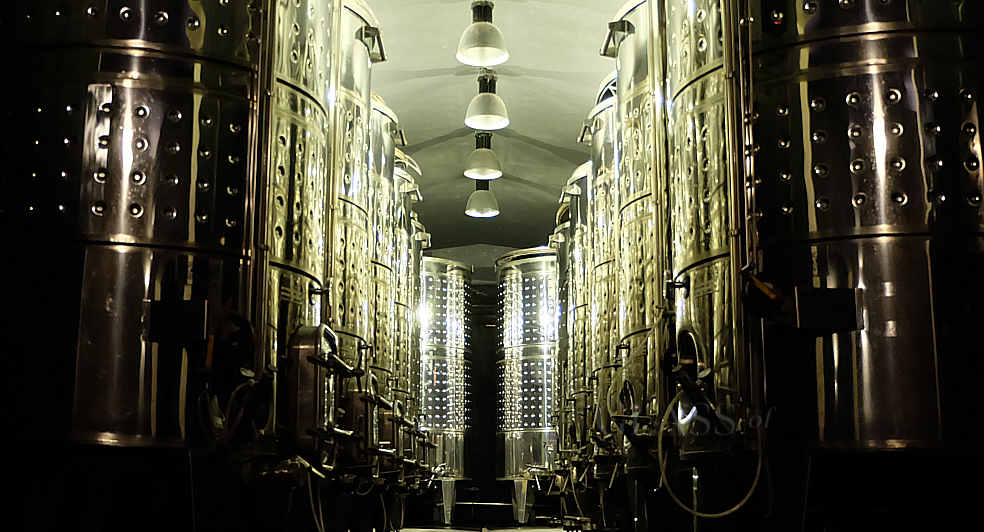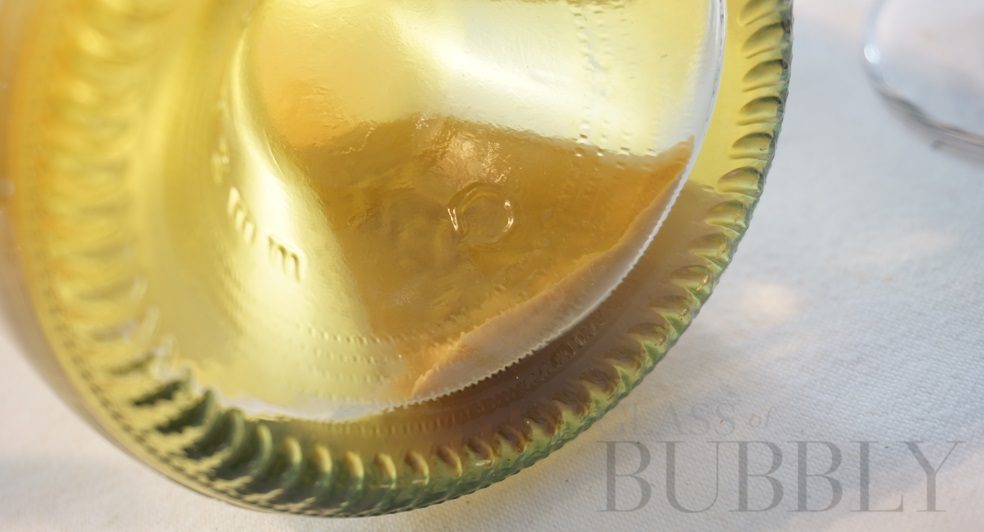Sparkling Wines Production Methods
11th November 2024

Raise your hand if you don’t like bubbles! Sure, there are some exceptions, and I’ve met some people who don’t like this category. However, only a few know how all sparkling wine types are made. If you are a sparkling wine lover, you must know about them. So, here’s a brief overview of sparkling wine production.
Sparkling wines are produced with six different methods. I will deal with this incredibly vast topic in the Tooscans Wine Academy courses, where you can already find some videos. Although I will stop here to describe briefly, I will do it in detail in the advanced courses of TWA, the sparkling wines styles and production methods.
Sparkling wines are produced with the following methods:
- Traditional Method
- Transfer
- Charmat, also known as Martinotti or Cuve Close
- Asti Method
- Ancestral or Pet Nat
- Carbonation
Carbonation is the cheapest, least prestigious method, which involves the injection of carbon dioxide under pressure. The grapes should, however, be of good quality, as effervescence will enhance any fault. The injection of CO2 is often used to add some freshness, therefore fruitiness in still young wines and for immediate consumption, in which you will notice a light pétillant (effervescence) as soon as poured. Anyway, some really good quality examples exist, such as some Sauvignon Blancs from New Zealand.
Charmat, also known as Martinotti, or Tank Method, involves the second fermentation in stainless steel vessels and at a controlled temperature. Granvás in Spanish and Cuve Close in French are other names for this method. Sugars and yeasts are added to the base wine, which has concluded the first alcoholic fermentation, to complete a second refermentation, usually short, which lasts around a month. Charmat Lungo refers to extending the time of lees ageing, generally about nine months of permanence on the lees.
A Tank Method allows the production of large volumes of sparkling wines quickly, saving costs. By increasing the time on the lees, this economic advantage is lost. The method is particularly suitable for more aromatic grape varieties to produce wines with a strong imprint of primary aromas. Prosecco and Lambrusco, for example, are made with this method.

Did you know that there is a Sparkling Recioto della Valpolicella DOCG? It is made with this method from the same grapes as Amarone, but it is quite rare.
Asti Method is similar to the previous one but does not include the second fermentation. The grapes are fermented without adding sugar, so it takes place by consuming only those naturally present in the grape. The fermentation is stopped by cooling the grape must when the desired pressure and level of sweetness are obtained. Nothing is left to chance, and the sweetness and pressure of the final sparkling wine are calculated. The wine is then bottled and is designed for immediate consumption.
Usually, the production of sparkling wines with this method takes place in two phases, where the grape juice is kept apart even for a few years before being subjected to single fermentation. Asti DOCG and Moscato d’Asti DOCG are made with this method because the latter has a lower pressure, the alcohol between 4.5-6.5% and therefore is sweeter.
Ancestral Method or Pet Nat. The partially fermented must is bottled, and the fermentation is completed naturally inside the bottle with the indigenous yeasts (naturally present on the berry) and without further addition of sulphites. The must is bottled without adding dosage, therefore, the sugars derive only from the grapes. Once the yeasts have consumed their nutrients, they precipitate, forming a deposit of dead yeasts, which is usually not eliminated and remains on the bottom as a distinctive characteristic of these wines.
 These indigenous, also called ambient yeasts, give a singular and unique imprint of the territory, and the sparkling wines made with this method show differences from one sample to another. The wine could restart fermentation in the bottle, and these wines will have greater effervescence and less residual sugar.
These indigenous, also called ambient yeasts, give a singular and unique imprint of the territory, and the sparkling wines made with this method show differences from one sample to another. The wine could restart fermentation in the bottle, and these wines will have greater effervescence and less residual sugar.
These wines are called Pet Nat, short for Pétillant Naturel, Sur Lie or Sui Lieviti. For the Prosecco Sui Lieviti DOCG type, until 2020, the wording Col Fondo could be found.
In the Traditional Method, the second refermentation in the bottle takes place. So after the first alcoholic fermentation, where the sugar is converted into alcohol, the liqueur de tirage is added, mainly composed of wine and/or must, sugar, yeasts and its nutrients, and it is left to refinement in the bottle under the crown cap and a small plastic cap for a variable period of time. The minimum time for the Traditional Method sparkling wines usually starts from 9 months on the lees, such as for basic Cava or various Crémant.
 The wine refermented in the bottle and aged on the lees (it can even be up to 10 years) is transferred to the gyropalette (automated and fast process) or the pupitre (manual and slow) for remuage, a gradual rotation of the bottles which allows accumulating the sediments (yeasts and adjuvant) in the neck of the bottle.
The wine refermented in the bottle and aged on the lees (it can even be up to 10 years) is transferred to the gyropalette (automated and fast process) or the pupitre (manual and slow) for remuage, a gradual rotation of the bottles which allows accumulating the sediments (yeasts and adjuvant) in the neck of the bottle.
Once disgorged, the liqueur de dosage, also called liqueur d’expédition, is added to the wine, usually made of wine and cane sugar. The latter determines the sweetness of the wine, and after a certain period, it also influences the aromatic profile as a consequence of the Maillard reactions, i.e. between the sugars of the liqueur d’expédition and the components deriving from the second refermentation in the bottle.
You undoubtedly know Champagne, Crémant, and Cava, all made by Traditional Method, and I hope also Italian denominations such as Franciacorta, Trentodoc, Oltrepò Pavese, Alta Langa and many others.
In the Transfer Method, these phases are identical to the moment of the remuage (or riddling) process. The bottle is re-opened, the wine is transferred into an autoclave, the sediment is eliminated, and the wine is finally bottled, all under pressure. The Transfer Method produces high-quality sparkling wines that can compete in complexity with different Traditional Method wines and has its advantages, such as having less variation from one bottle to another, as well as lower production costs. This method is also used for Champagne in some of its formats.
Follow me on Tooscans Wine Academy, and we will see the advantages and disadvantages of these methods step by step, when, where and why they are used, to then move on to territories and how they are distinguished. And follow me on social networks, where you will find a brief focus on each Italian and non-Italian denominations.
![]()
Irina Mihailenko
Originally from Latvia, but based in Italy for over 30 years. She is a professional sommelier, Valpolicella Wine Specialist, Wine Judge, Cava Educator. Founder and project manager at Tooscans. In 2020, she created the Sparkling Life website, which is published in three languages and focuses on food and wine, as well as Tooscans Wine Academy.
